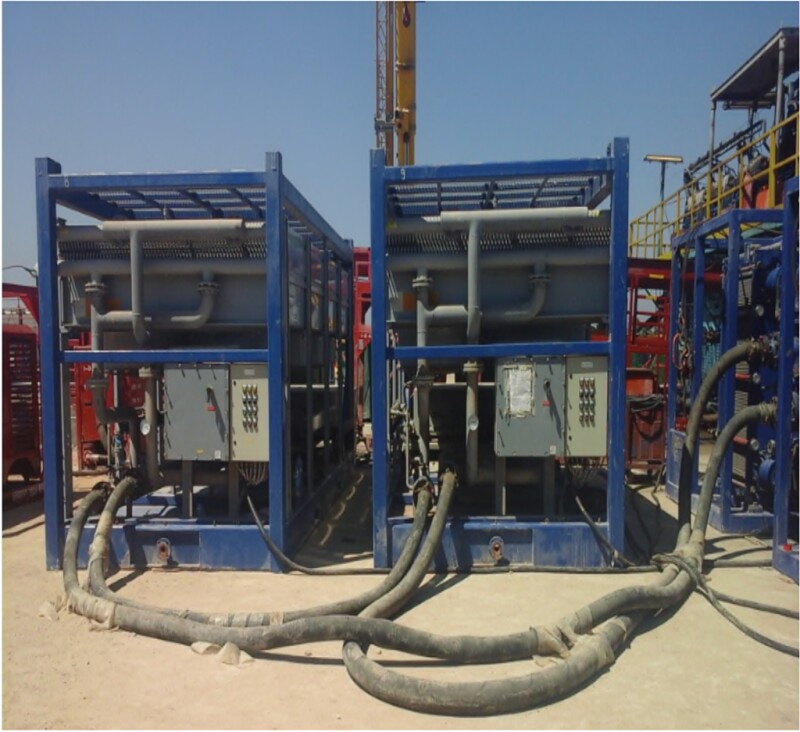The complete paper reviews the successful application of a mud-cooling and managed-pressure-drilling (MPD) system in a high-pressure/high-temperature (HP/HT) well to explore the potential of the Mesozoic carbonate platform with a pressure ramp and narrow mud-weight window (NMWW) in the Nile Delta. The constant bottomhole pressure (CBHP) variation of MPD in combination with mud cooling was used to drill from the middle of the pressure ramp to the target depth, maintaining the mud-inlet temperature at approximately 50°C.
Geological Targets and Geohazards
The primary objective of Well T-1 is the edge of a Mesozoic carbonate platform. These carbonates are expected to be high-energy shallow marine deposits with fair reservoir properties (20–50% net‑to-gross, 5–10% porosity). The secondary objectives are turbiditic sandstone channels of the Oligocene. These sandstones are expected to have 9–20% porosity and 50–300 md permeability.
Potential Middle and Late Miocene geohazards include pressure rampup associated with losses, kicks, and borehole degradation, including tight holes, overpull, and caves; and reported sticking and hangup events.


